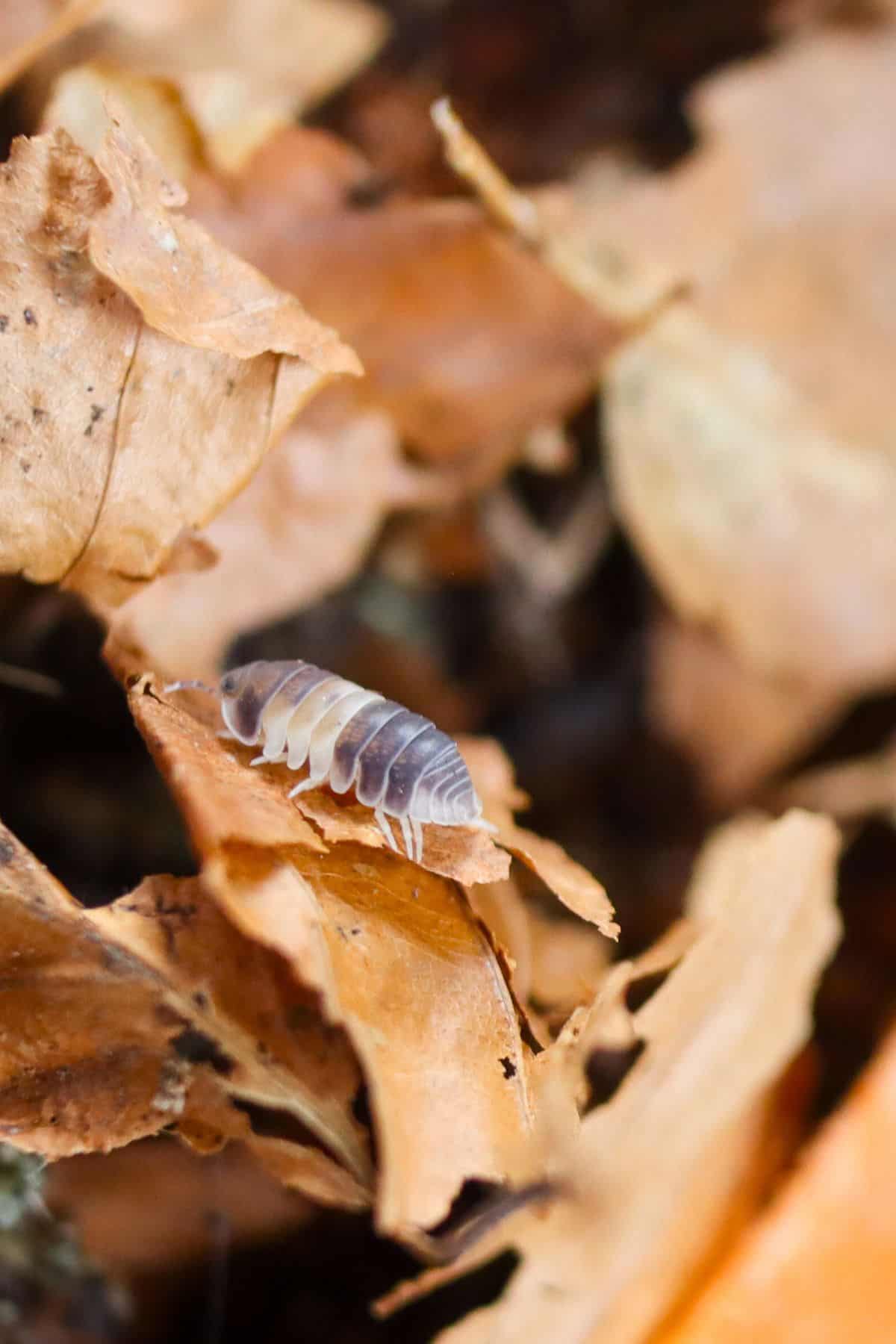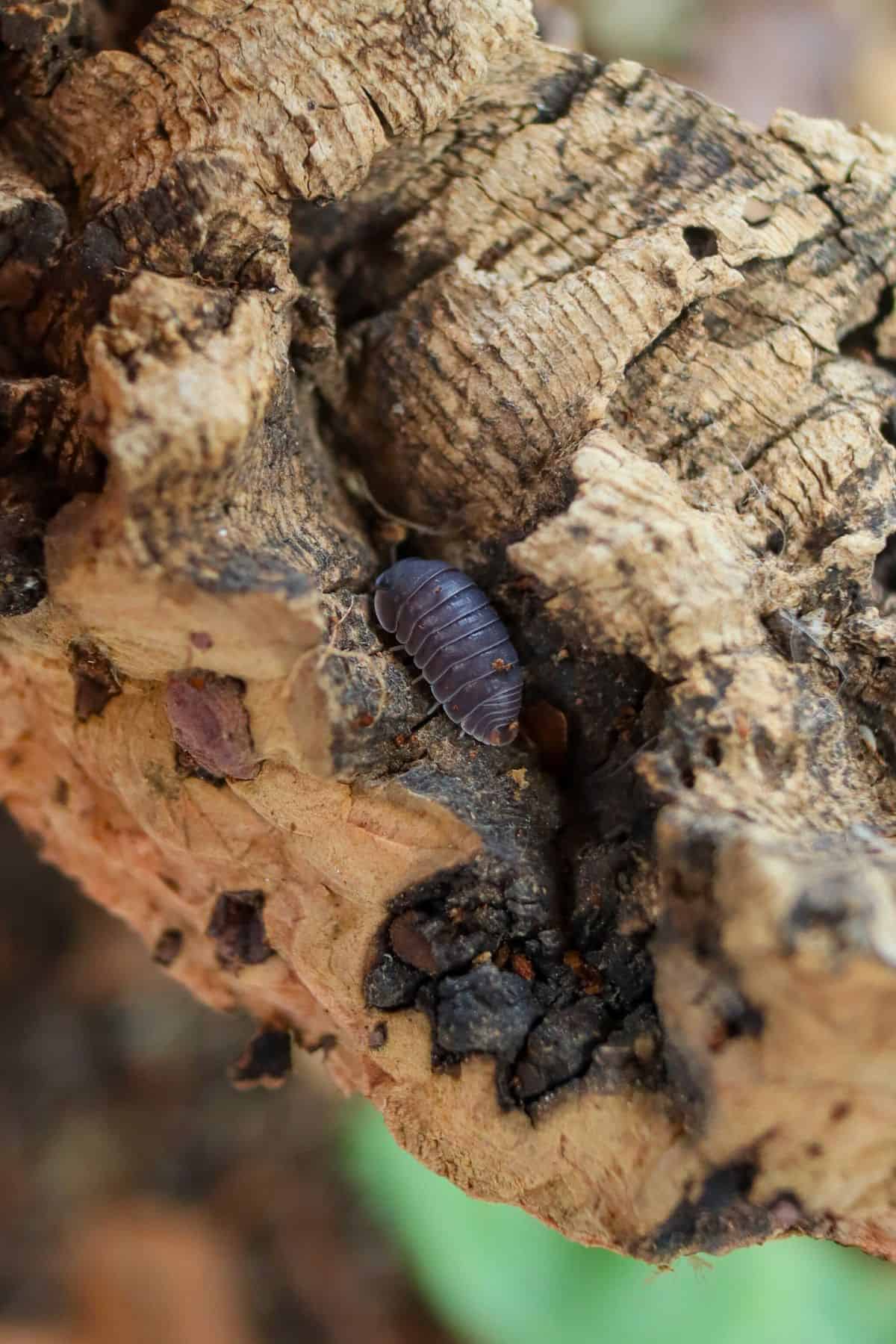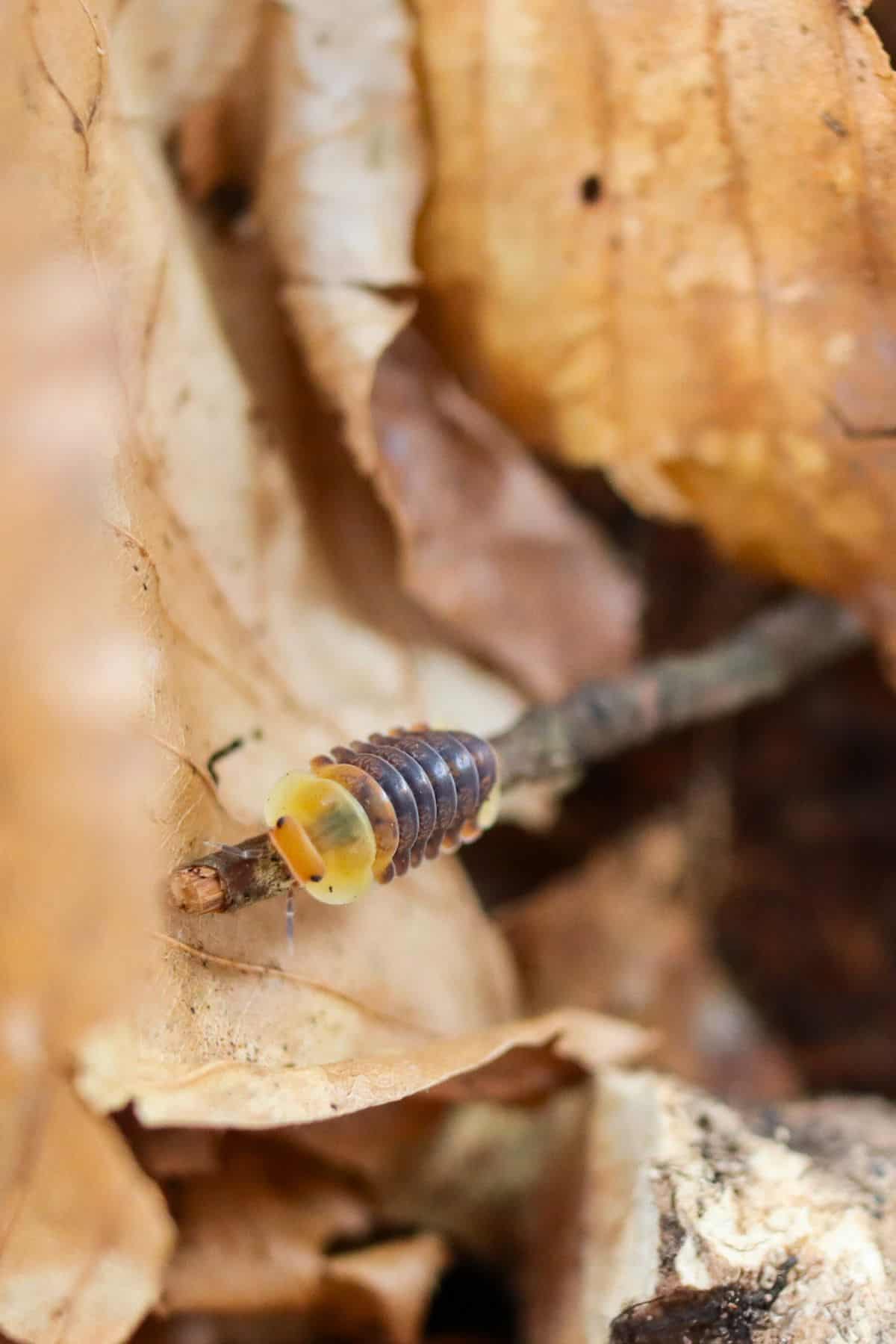Cubaris isopods are the hot new trend in the isopod community.
There are already over 100 classified species of Cubaris, and the list keeps on growing. Often prized for their cute little faces and tropical terrarium suitability, there’s a lot to love here!
Come with me on a campaign into the exploding world of the Cubaris – so you can see what exciting new species await you.

Terrarium Tribe is reader-supported. When you purchase through links on our site, we may earn an affiliate commission (at no further cost to you). 💜
Cubaris Isopods – The New Kid on the Block
Thanks to the wild popularity of the Rubber Ducky Isopod, the Cubaris genus has been getting a lot of attention recently.
Seriously, take one look at their vibrant colors and unique patterns, and you’ll see why.
This has led to many isopod breeders turning their attention to developing new and interesting varieties. Hence this new wave of unclassified varieties (with increasingly weird names).
1. Panda King Isopods (+ Red Panda Isopods)

You could certainly argue that the Panda King Isopod is named after an animal almost as cute as the Rubber Ducky Isopod.
They’re actually one of the smaller Cubaris species, so their signature black-and-white coloration makes them look more like babies than giant pandas.
If you’re looking for a way to get started in the cute Cubaris pet isopod trend (without breaking the bank), Panda King Isopods could be the solution.
They’re also arguably the best beginner species here, being amongst the easiest Cubaris varieties to keep and breed – so you can rest assured your investment is a safe bet.

2. Cubaris murina (+ Glacier & Papaya Isopods)

Cubaris murina has taken a different path.
With their blueish, grey coloration, I wouldn’t say they’re the most visually striking Cubaris species (though they do have their subtle charms). So, instead, they’ve become the default Cubaris for bioactive enclosures.
Little Sea Isopods enjoy the high humidity of a tropical terrarium/vivarium, so it’s partly that.
They’re also reported to establish pretty well (though it’s probably best to still maintain a side culture just in case).
It certainly helps that they’re the cheapest Cubaris on this list!
👉 Shop Cubaris murina isopods.
Plus, they have some really lovely color morphs.

What happens if you take the strengths of Cubaris murina and turn up the cuteness factor?
You get the Papaya Isopods!
As a (very aesthetic) pink/peach mutation, you get a lovely little terrestrial isopod that can serve as a pet or a bioactive cleaner.
The best of both worlds? I certainly think so.
(There’s also a creamy white ‘Glacier” morph).

3. Rubber Ducky Isopods (+ Blonde & White Ducky Isopods)

The variety that put Cubaris on the map, the Rubber Ducky Isopod!
Their little yellow faces have become the de facto face of the isopod hobby, and they continue to be super popular to this day.
Alas, they continue to be challenging to source, so jump on the opportunity whenever you can.
If that’s not enough, there are also the ‘White Ducky’ and Blonde Ducky Isopods too!


Oh, and you could arguably fit the Pak Chong Isopods in with this crowd too. With their dark bodies and pinky-orange faces, they’re a different type of contrast for your setup.

4. Cappuccino Isopods

Honestly, I think these are my new personal favorites.
Cubaris ‘Cappuccino Isopods‘ are full of deliciously mottled coffee colors. Just like those images of fresh espresso mixing into cold milk, you’ll see unique combinations of creamy whites, dark browns, and warm tans.
Though they’re pretty new (and very rare), I’m hoping these take off. 🤞
5. White Shark Isopods (Dwarf Duckies!)

White Shark Isopods are relatively new, and are honestly a bit of a game changer for terrariums.
Granted, they’re not as small as something like Dwarf White Isopods, but they’re still really tiny. Coming in around 0.5cm on average, they’re perfect for smaller terrariums.
They have a lovely little tri-color pattern, with a pop of contrast between their white and orange sections.
Cubaris Isopods for Sale
The market for Cubaris isopods for sale is exploding online. With new varieties popping up every week.
Seriously, no exaggeration.
With everything from the rare and exotic (and therefore more expensive) to the more forgiving (and therefore cheaper) species that have begun to come to market.
👉 Check out the range of Cubaris isopods for sale on our online store.
And be sure to check back regularly, we’re always looking to bring out new species. You can see our full range of isopods here.
What’s Your Favorite?
Well, we’ve seen an absolute boatload of Cubaris isopod inspiration in one place.
Which is your favorite? Or maybe there’s a new isopod species that I haven’t mentioned and absolutely need to see?
Let me know! Share the love.

thank u. i liked reading this. never stop <3
Just got into the hobby! Waiting for my Panda Kings to arrive in the mail! It’s so cool to discover new morphs and color patterns within the Cubaris species! Can’t wait till I get more!